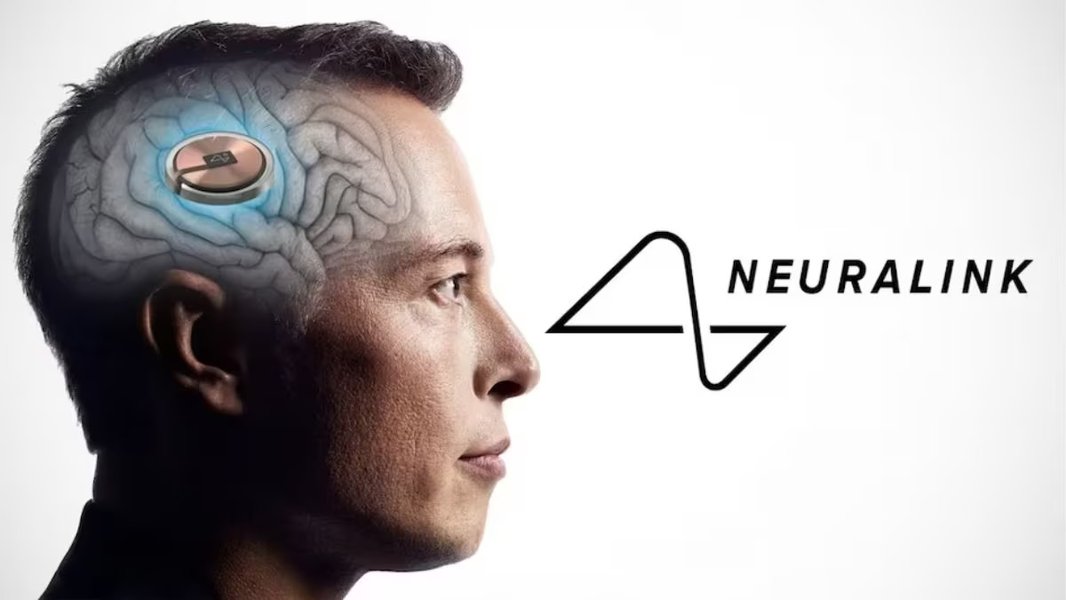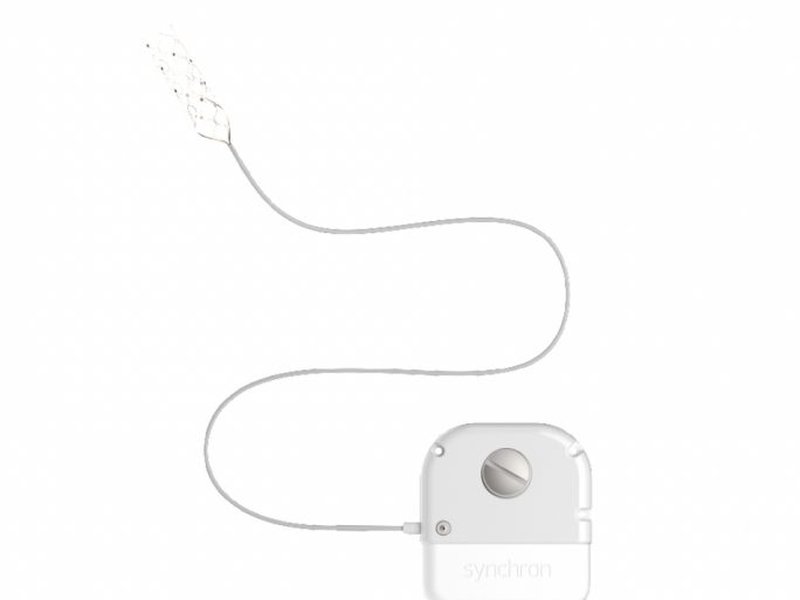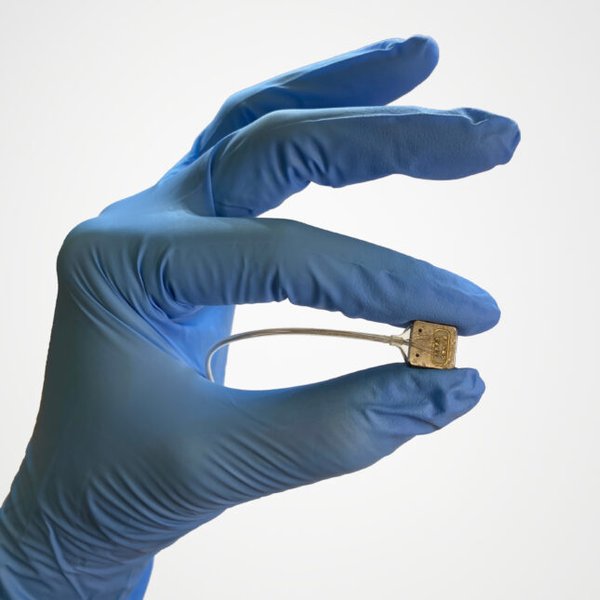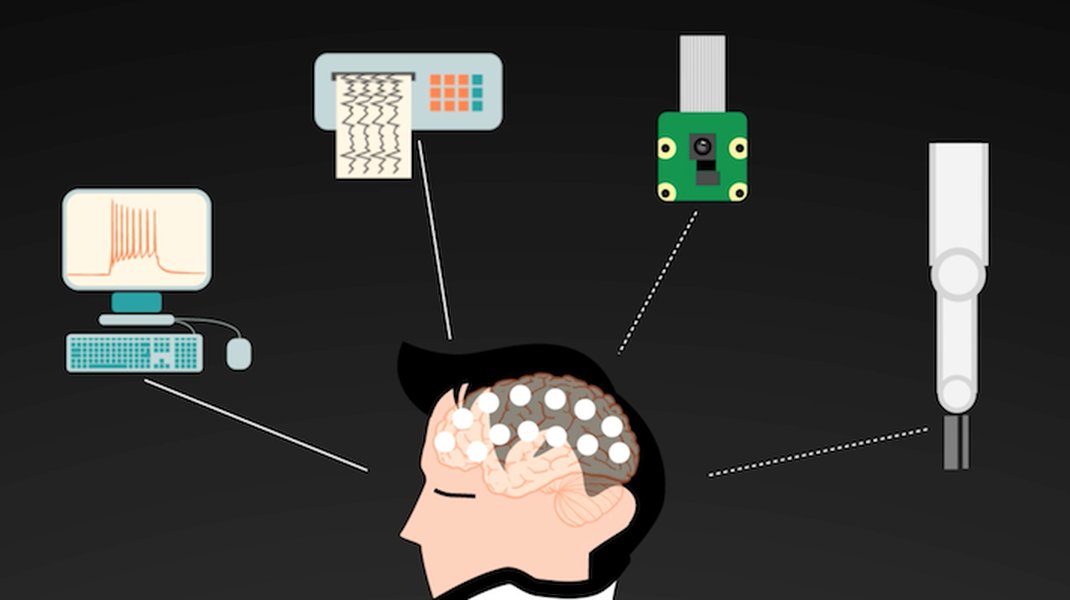
Brain-Computer Interfaces: A Comparative Look at Neuralink, Synchron, and Paradromics
Exploring the Diverse Approaches in the Race to Connect Brains and Computers
The field of brain-computer interfaces (BCIs) is rapidly advancing, with several companies vying to develop technologies that can directly connect the human brain to external devices. While Neuralink, founded by Elon Musk, often garners significant media attention, other companies like Synchron and Paradromics are also making substantial progress, each employing distinct technological approaches and achieving notable milestones. This comparison delves into the core technologies, medical applications, and current progress of these three prominent players in the BCI landscape.
Key Highlights in the BCI Race
- Invasive vs. Less Invasive: Neuralink and Paradromics utilize more invasive methods involving direct implantation into brain tissue, aiming for high bandwidth, while Synchron employs a less invasive endovascular approach via blood vessels, potentially offering greater accessibility.
- Target Applications: While all aim to assist individuals with neurological conditions, Neuralink focuses on a generalized brain interface with broad applications including restoring vision and motor function, Paradromics specifically targets restoring communication in severely paralyzed patients, and Synchron primarily focuses on enabling control of digital devices for communication and other tasks.
- Clinical Trial Progress: Synchron has demonstrated significant progress in human trials with multiple implants and is preparing for larger-scale studies. Neuralink has also initiated human trials and reported initial success, while Paradromics has received Breakthrough Device designation from the FDA and is preparing for its own human trials.
Neuralink: High Bandwidth and Ambitious Goals
Neuralink, founded in 2016, is perhaps the most widely known BCI company, largely due to its association with Elon Musk. The company's stated mission is to create a generalized brain interface with the potential to restore autonomy to individuals with unmet medical needs and eventually unlock human potential. Neuralink's technology centers around the N1 Implant, a small, coin-sized device designed for surgical implantation directly into the brain's cortex.
The N1 Implant utilizes ultra-thin, flexible "threads" equipped with a high density of electrodes. These threads are significantly finer than a human hair, measuring between 4 to 6 micrometers in width. The rationale behind this design is that placing electrodes directly within the brain tissue allows for closer proximity to neuronal activity, potentially enabling the capture of higher-resolution neural signals and, consequently, higher data transfer rates or bandwidth.
To implant these delicate threads, Neuralink has developed a sophisticated neurosurgical robot. This robot is designed to precisely insert the threads into the brain, minimizing damage to surrounding tissue. The captured neural signals are processed by custom, low-power chips within the implant and transmitted wirelessly to an external device, such as a computer or smartphone.
Neuralink's ambitious goals extend beyond immediate medical applications. While initially focusing on helping individuals with paralysis control external devices with their thoughts, the company envisions future applications in restoring vision and motor function, and even potentially enhancing cognitive abilities. They aim for their implants to enable users to control computers and mobile devices by decoding neural impulses into commands.
In January 2024, Neuralink announced a significant milestone: the successful implantation of its device in a human patient. The patient, who has quadriplegia, was reportedly able to control a computer mouse with their thoughts, demonstrating the initial functionality of the BCI. This marked a crucial step forward for the company after receiving FDA approval for human trials in May 2023.

Illustration of the Neuralink brain implant device.
Despite its progress, Neuralink has also faced challenges and criticism, particularly regarding the welfare of animal subjects in its preclinical trials. Transparency and ethical considerations remain important aspects of the public discourse surrounding Neuralink's work.
Synchron: The Less Invasive Approach
Synchron, founded in 2016, offers a contrasting approach to BCI development compared to Neuralink. Synchron's flagship device, the Stentrode, is designed to be implanted using a less invasive endovascular procedure. Instead of requiring open brain surgery to access the cortex directly, the Stentrode is delivered through blood vessels, typically via the jugular vein, and guided into the vessels that sit on the surface of the brain.
Synchron's CEO discusses the role of AI in their BCI technology.
This endovascular method is significantly less invasive than the surgical implantation required for devices like Neuralink's. While this approach might result in the capture of weaker brain signals compared to direct cortical implants, it potentially offers greater accessibility to a wider range of patients and may carry lower risks associated with open brain surgery.
Synchron's primary focus is on restoring communication and enabling control of digital devices for individuals with severe paralysis, such as those with amyotrophic lateral sclerosis (ALS). The Stentrode translates brain signals into commands that allow users to control computer cursors, send emails, and texts, and interact with other digital technologies using only their thoughts.

An image showing the Synchron Stentrode device.
Synchron has made substantial progress in clinical trials. They were the first BCI company in the United States to receive FDA approval for human trials using a permanently implanted device. The company has already implanted its device in multiple patients in both the United States and Australia and has completed enrollment for an early feasibility study. Synchron is currently preparing to recruit patients for a larger-scale clinical trial, a critical step towards seeking commercial approval for its technology.
The company has also attracted notable investors, including billionaires Bill Gates and Jeff Bezos, signifying strong confidence in their technology and approach. Synchron's collaboration with OpenAI to integrate AI models further highlights their commitment to enhancing the functionality and usability of their BCI for communication.
Paradromics: High Bandwidth for Communication
Paradromics, another Texas-based neurotechnology company, is also a key player in the BCI space. Similar to Neuralink, Paradromics utilizes a more invasive approach, implanting an array of tiny electrodes directly into the brain tissue. However, Paradromics emphasizes achieving a very high data rate or bandwidth for specific applications, particularly the restoration of communication abilities in patients who have lost the ability to speak due to severe paralysis.

Close-up of a Paradromics cortical module.
Paradromics' technology, known as the Connexus Direct Data Interface, employs a bundle of insulated microwires connected to a large-scale CMOS array. This design is intended to capture high-quality neural signals directly from the cortex. The company posits that this high bandwidth is crucial for enabling faster and more natural communication for patients.
While their method is invasive, Paradromics argues that the quality and quantity of neural data they can capture allow for more sophisticated decoding of brain activity, which is essential for translating thoughts into text or synthesized speech effectively. The company has specifically designed its first product as an assistive communication device.
Paradromics has also achieved a significant regulatory milestone, receiving the FDA's Breakthrough Device designation for its Connexus Direct Data Interface. This designation is granted to devices that have the potential to provide more effective treatment or diagnosis for life-threatening or irreversibly debilitating diseases or conditions. It is intended to expedite the development and review process.
With this designation, Paradromics is now preparing to initiate its own human trials. The company has launched a patient registry to identify potential participants for these upcoming trials. Paradromics has also secured investment, including a strategic partnership with Saudi Arabia's NEOM project, which aims to establish a neurotech research center.

The logo for Paradromics.
Paradromics emphasizes speed in its development process, aiming to commercialize its brain implants before the end of the decade. While they may not have the same level of public recognition or funding as Neuralink, their focused approach on high-bandwidth communication and their progress in securing regulatory designations position them as a strong competitor in the BCI market.
Comparative Overview of Approaches
The distinct approaches of Neuralink, Synchron, and Paradromics highlight the diverse strategies being pursued in the BCI field. The table below summarizes some of the key differences in their technological methods and focus areas:
| Company | Technological Approach | Invasiveness | Primary Focus | Key Differentiator |
|---|---|---|---|---|
| Neuralink | Direct cortical implant with high-density threads | Highly invasive (open brain surgery) | Generalized brain interface, restoring motor function, vision, communication, potential cognitive enhancement | High bandwidth potential, robotic implantation |
| Synchron | Endovascular implant (Stentrode) via blood vessels | Less invasive | Restoring communication and control of digital devices for paralyzed individuals | Minimally invasive procedure, faster clinical trial progress |
| Paradromics | Direct cortical implant with high-density electrodes | Highly invasive (brain surgery) | Restoring communication for severely paralyzed individuals | Emphasis on high bandwidth for speech decoding, FDA Breakthrough Device designation |
Neuralink's strategy appears to be one of broad exploration and pushing the boundaries of BCI technology with a highly invasive, high-bandwidth approach and ambitious long-term goals. Synchron, on the other hand, has prioritized a less invasive method that has allowed them to advance more quickly through clinical trials with a clear focus on practical applications for communication and device control. Paradromics is taking an invasive approach similar to Neuralink's but with a specific focus on maximizing bandwidth for the nuanced task of decoding speech for communication.
Challenges and the Path Forward
Despite the significant progress made by these companies, the BCI field still faces numerous challenges. Technical hurdles include improving the longevity and reliability of implants, reducing the risk of tissue damage and infection, and developing more sophisticated algorithms for decoding complex brain signals. Ethical considerations, such as data privacy, security, and equitable access to this technology, are also critical aspects that need careful consideration as BCIs become more advanced.
The regulatory pathway for BCI devices is also complex and requires rigorous testing to ensure safety and efficacy in humans. The progress of companies like Synchron and Paradromics in obtaining FDA designations and initiating clinical trials demonstrates the increasing maturity of the field and the potential for these technologies to transition from research labs to clinical applications.
The competition among these companies is driving innovation and accelerating the development of new BCI technologies. While each company has its unique strengths and focus areas, their collective efforts are contributing to a deeper understanding of the brain and paving the way for transformative medical therapies and potentially new forms of human-computer interaction in the future. The coming years will likely see further advancements, with clinical trial results providing crucial data on the long-term safety and effectiveness of these implanted BCI systems.
Frequently Asked Questions
What are the primary medical applications of BCIs being pursued by these companies?
The primary medical applications include restoring communication and motor function for individuals with severe paralysis, potentially treating neurological disorders, and in the future, possibly restoring vision and other sensory functions.
How do the invasiveness levels of the approaches compare?
Neuralink and Paradromics use more invasive methods requiring direct implantation into the brain. Synchron uses a less invasive endovascular approach, inserting the device through blood vessels.
Which company is furthest along in human trials?
Synchron has implanted devices in multiple patients and is preparing for a large-scale clinical trial, suggesting they are currently further along in the human trial process compared to Neuralink and Paradromics, although all are making progress.
What is the significance of FDA Breakthrough Device designation?
The FDA Breakthrough Device designation is granted to technologies that have the potential to provide more effective treatment for serious conditions, and it helps to expedite the development and review process.
Beyond medical uses, what are the potential future applications of BCI technology?
Potential future applications include cognitive enhancement, direct interaction with artificial intelligence, and expanding human capabilities, though these are more speculative and long-term goals.
Recommended Further Exploration
- What are the ethical considerations surrounding brain-computer interfaces?
- Are there non-invasive brain-computer interface technologies being developed?
- What is the long-term potential impact of neurotechnology on society?
- What is the regulatory pathway for approving brain implants for medical use?
References
Last updated May 17, 2025